Your Cart is Empty
Get Up To 35% OFF & Free Delivery
Get Up To 35% OFF & Free Delivery
Get Up To 35% OFF & Free Delivery
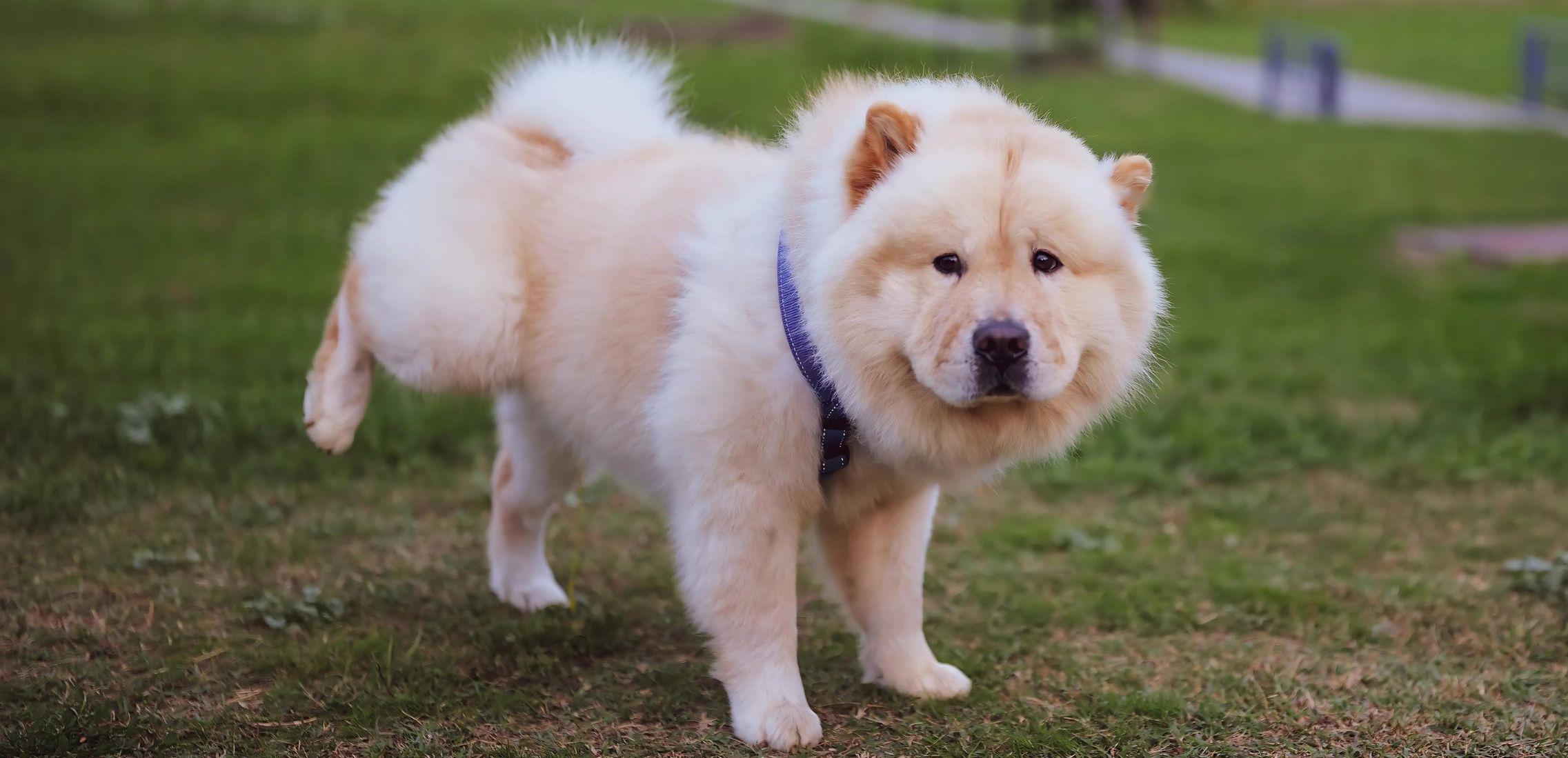
If you’ve recently brought a new puppy home, I’m sure by now you’ve realized that little accidents are part and parcel of the job! Puppies peeing frequently is not usually cause for alarm; a regular toilet training routine should get them into the swing of things in no time.
But why does my puppy pee so much? we hear you ask. We are going to take a closer look at the reasons why puppies pee more frequently, how to recognize the signs that persistent peeing may be down to an underlying medical or behavioral cause, as well as tips on how to manage your puppy’s frequent urination.
So, why do puppies pee more frequently than older dogs? The answer is surprisingly simple; puppies are small, and therefore have smaller bladders than adult dogs; as a result, the urge to urinate will be more frequent.
Not only this, puppies have not yet learnt how to hold their pee in, and so little accidents are more likely to occur. It is important to take into consideration that your dog’s breed and size will also have an effect on how frequently they urinate.
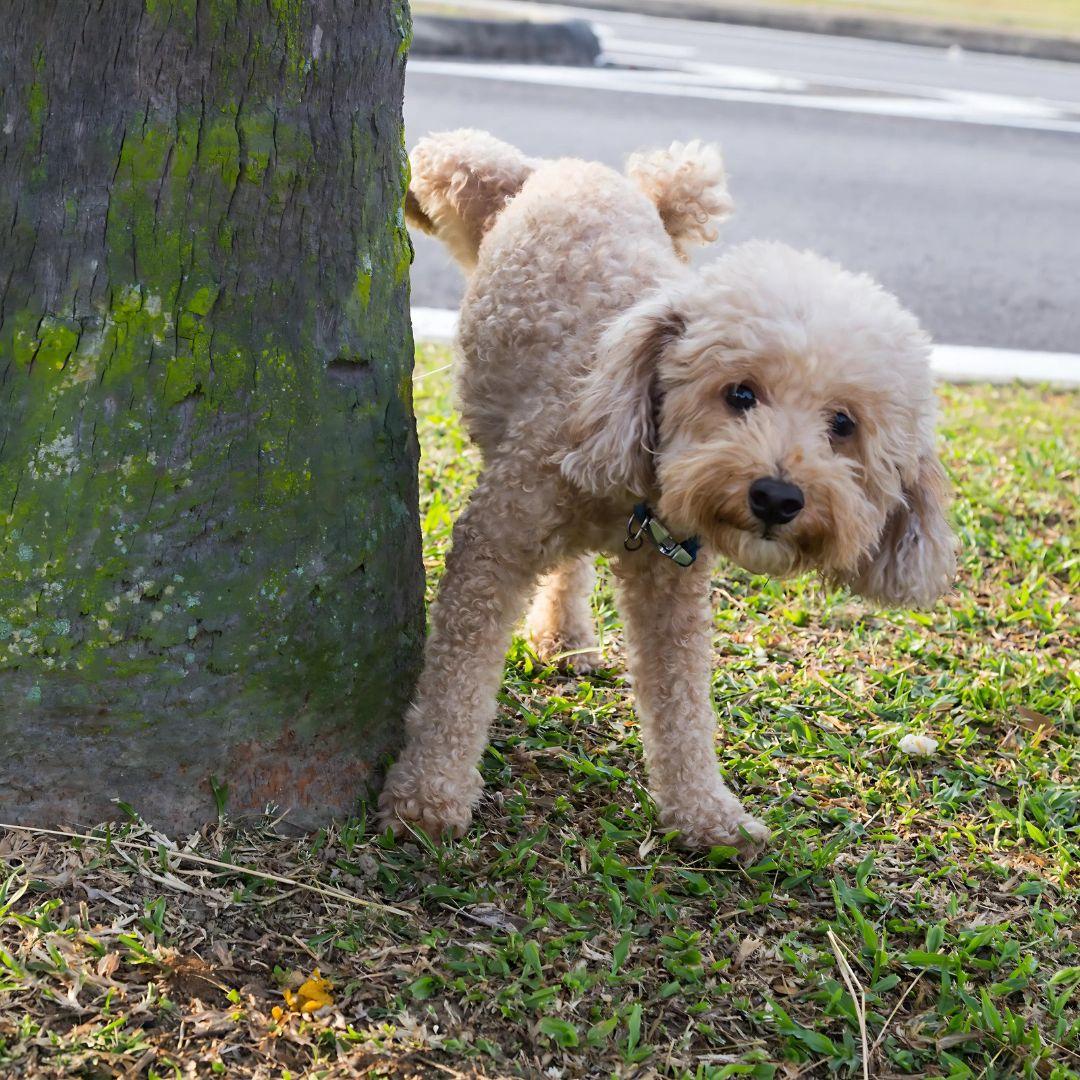

The frequency of puppy urination can be affected by the following things:
The younger the puppy, the more frequent the pee. When puppies are really young, they tend to pee about every 30 minutes. Puppies that are 3-6 months old can usually hold on for about 3 to 4 hours, while puppies 6 months and older can usually manage 4 to 6 hours between toilet breaks.
The breed of a dog can play a role in how often a puppy needs to pee. And similar rules apply for the age of the puppy; the smaller the dog breed, the smaller the bladder and the more frequent the urge to urinate.
If your puppy is drinking a lot, particularly before bedtime, this can make accidents more of a possibility, as they will be unable to hold their pee in overnight. Diets that are high in sodium or low in protein can also contribute to more frequent urination.
During the day, you are able to monitor and intercept your puppy’s toilet trips, making sure they are regularly encouraged to pee on a pad or outside.
Make sure your pup doesn’t drink too much before going to bed, and try tiring them out with a burst of exercise or playtime. We delve deeper into nighttime toilet training in our previous blog ‘Should You Wake Your Puppy Up To Pee At Night?’
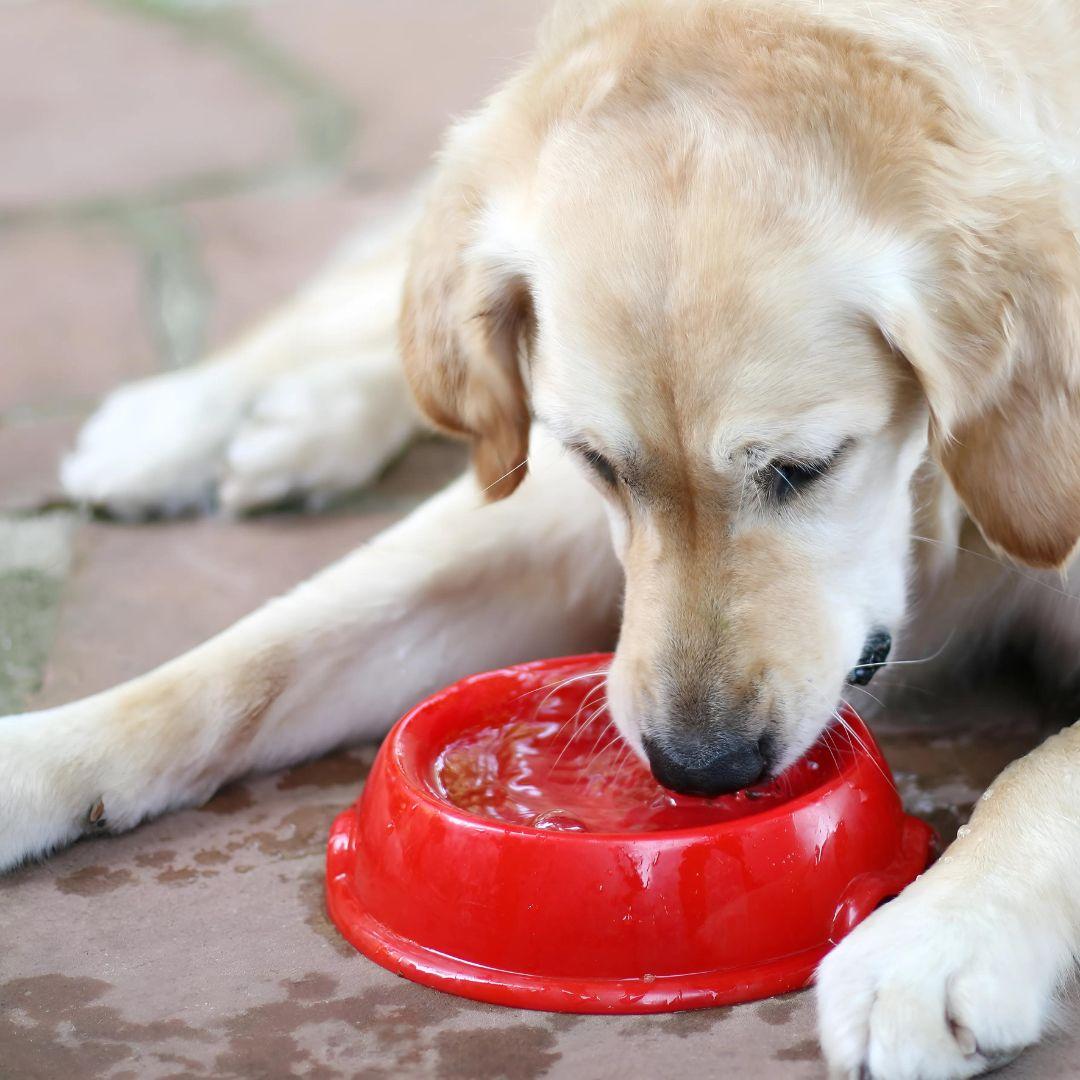
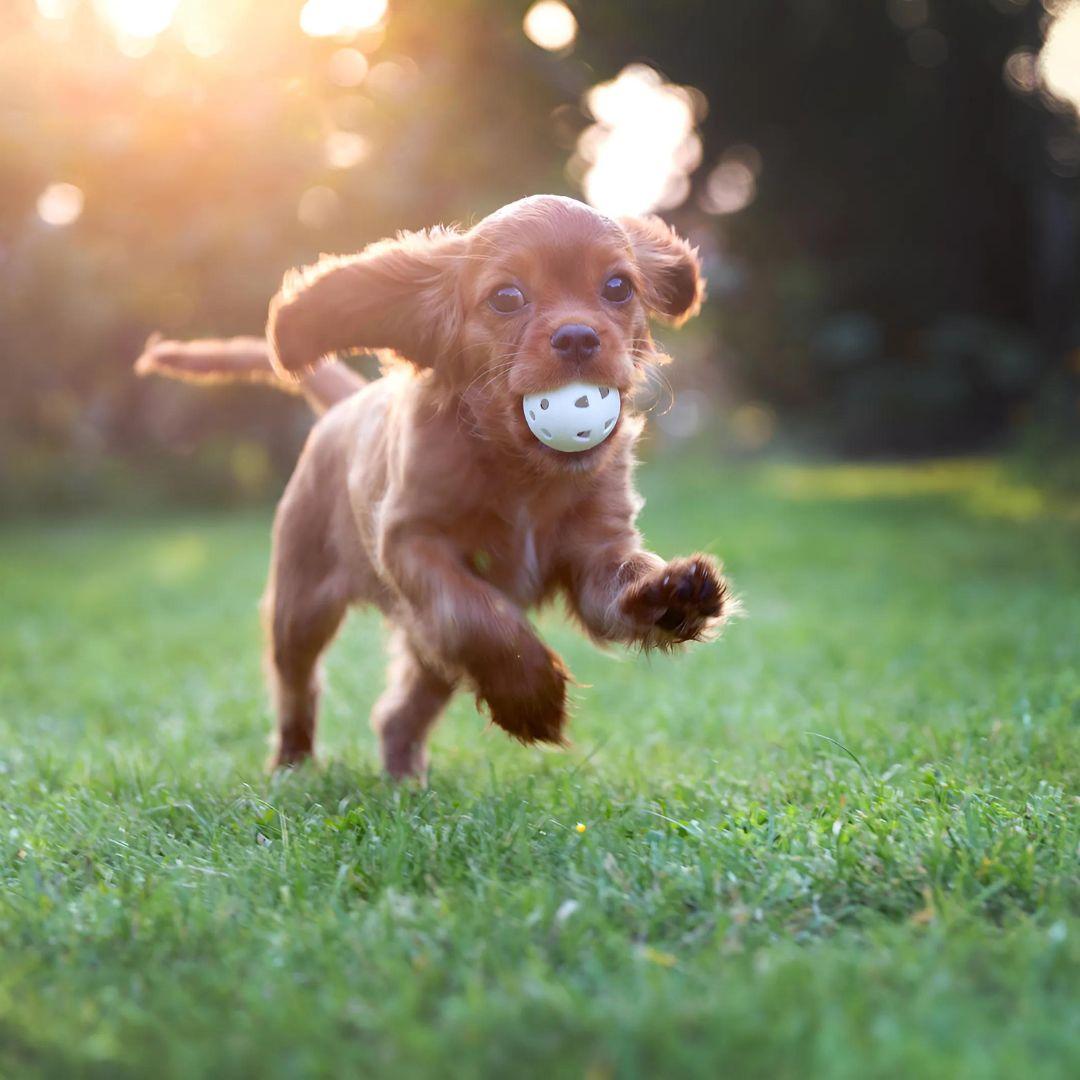
The more active your puppy is, the more energy they will be burning, and therefore they may need to pee more often. Excitement often plays a large role in frequent puppy urination, so getting into the habit of taking your pup outside during times of heightened excitement can help keep the carpet clean!
Your puppy’s general health and happiness will play a role in how frequently they urinate. Anxiety, stress, over-excitement, as well as underlying medical causes can all be contributing factors.
At each stage of development, your puppy will need to go to the toilet more or less often. Here is a general guide that can help you get an idea of how a puppy’s age correlates with their urination frequency:
From birth to 3 weeks, your puppy will need to pee most frequently. It is recommended that they are guided to a toilet every 2 hours, or more if needed, particularly after they have had a meal.
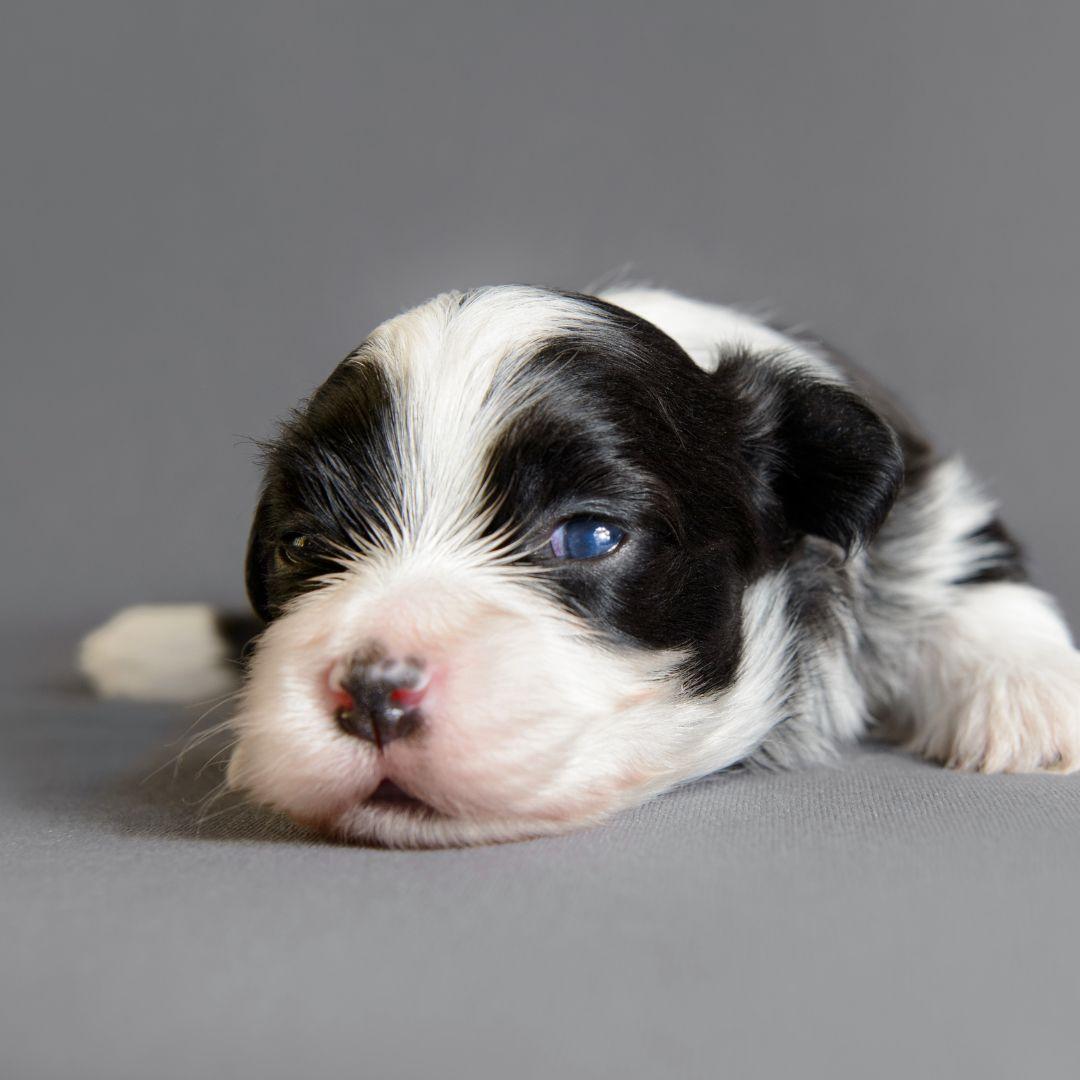
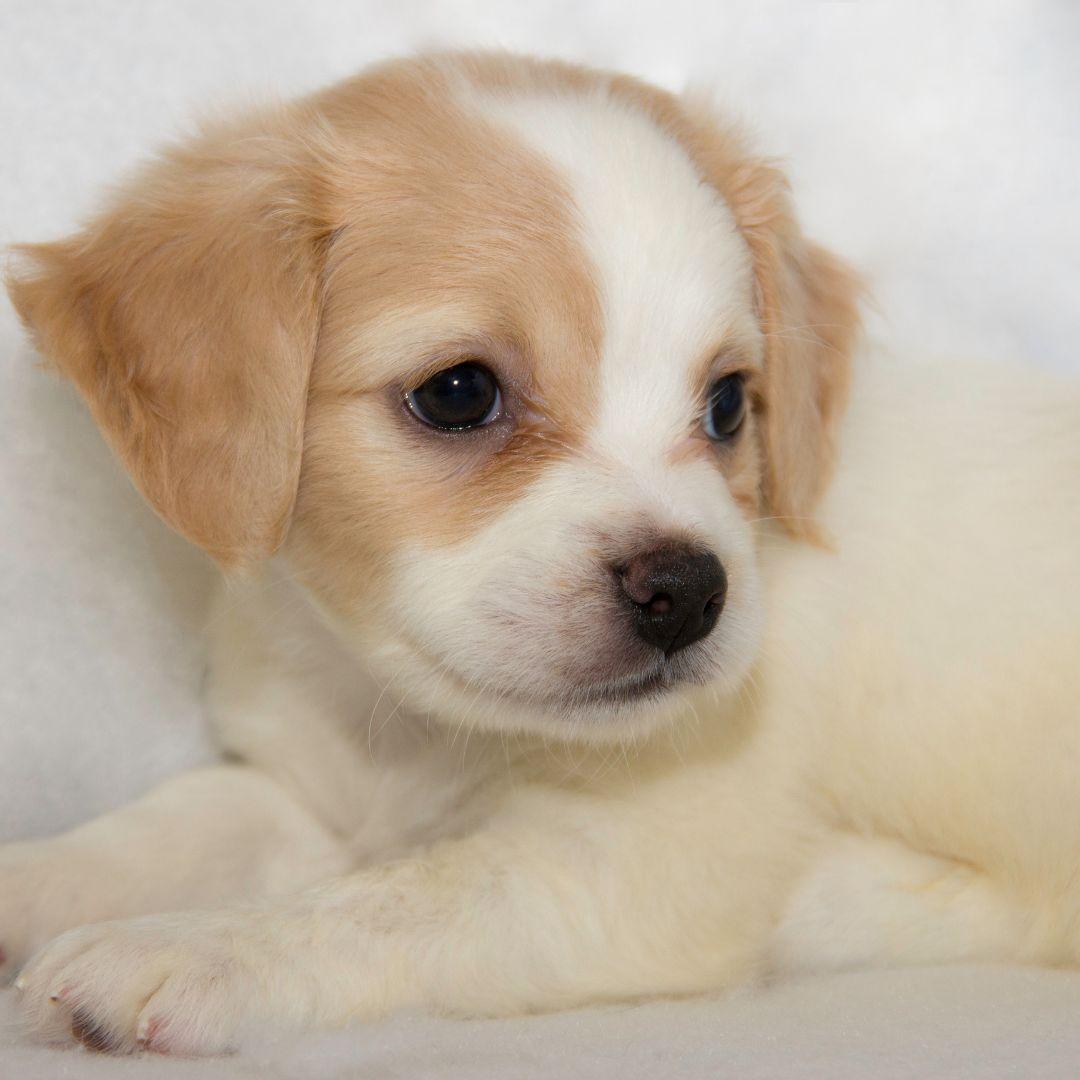
Around this age, it is still good practice to take your pup to the toilet every 2 hours, even though they will be starting to gain greater control of their bladder.
This is when your puppy really starts exploring, finding their feet and thriving off of playtime! In all the excitement, a potty break every 1-2 hours is recommended to maintain routine.
The 3-6 month mark is a super important stage when it comes to training, and while you can now incorporate pee breaks every 3 hours, it is important to keep on top of training habits. Which means lots of focus on routine and positive reinforcement.
Once your pup reaches the 6 month mark, they should naturally start to find a rhythm of going to the toilet every 3-5 hours, and the older they get, the more they will learn where and when to pee and be able to hold their pee for longer when left on their own.
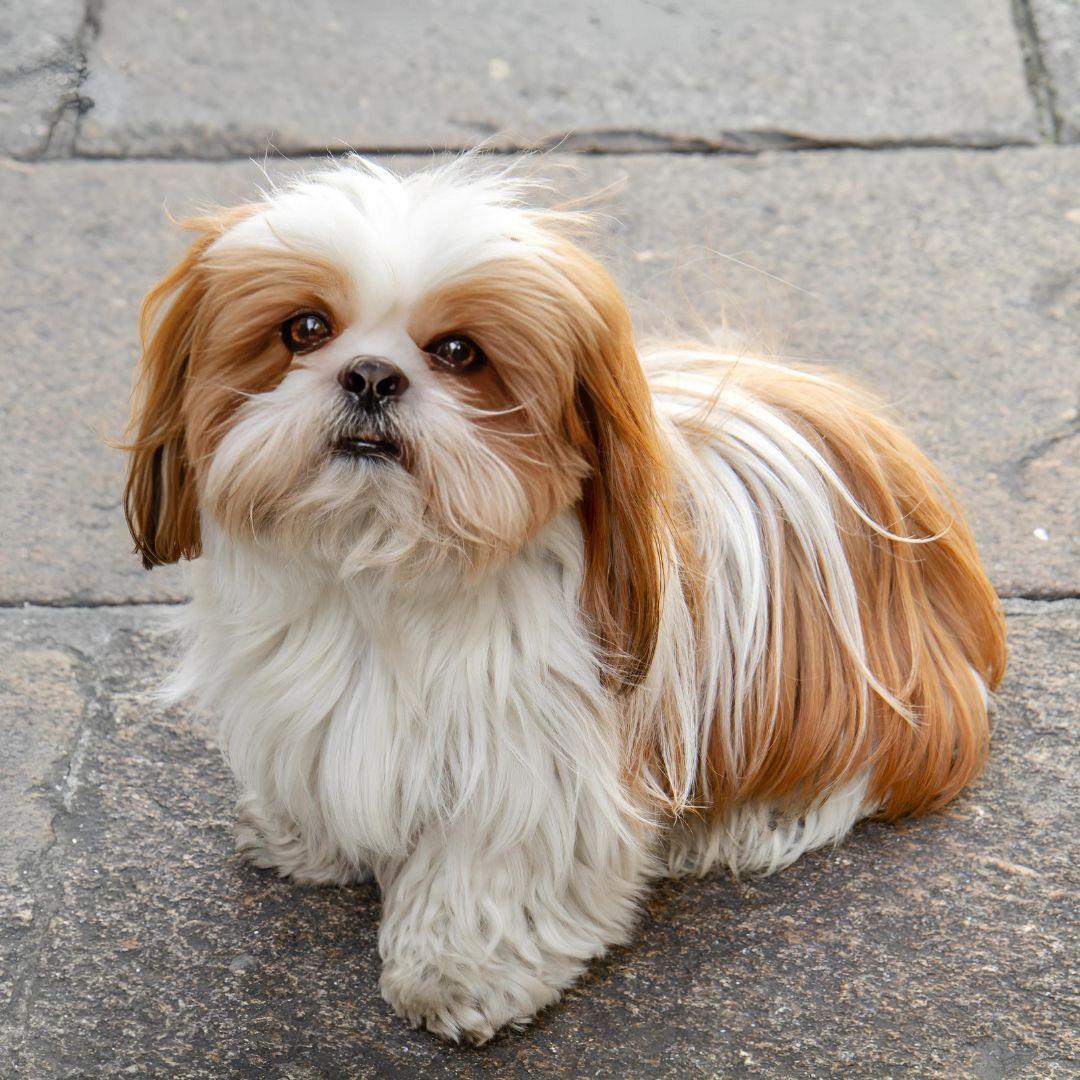
See How Dog Owners Are Using These Leak-Free Potty Pads to Keep Their Homes Clean and Pups Happy
4.7 ⭐⭐⭐⭐⭐
Over 100,000 Dog Owners Saved Money With Potty Buddy™
The washable pee pads that absorb anything your dog throws at them, while keeping your floors and furniture stain-free.
✅ Super Absorbent and Leak-Proof
✅ Great for Potty Training
✅ Ideal for Puppies and Older Dogs
✅ Washable and Reusable For Years
✅ Save over $400/year by not buying disposables
-60 Day Money Back Guarantee-

⭐⭐⭐⭐⭐
-Diana D.
These pads are a life saver for my kitchen floor and bedroom carpet! Just ordered 2 more!




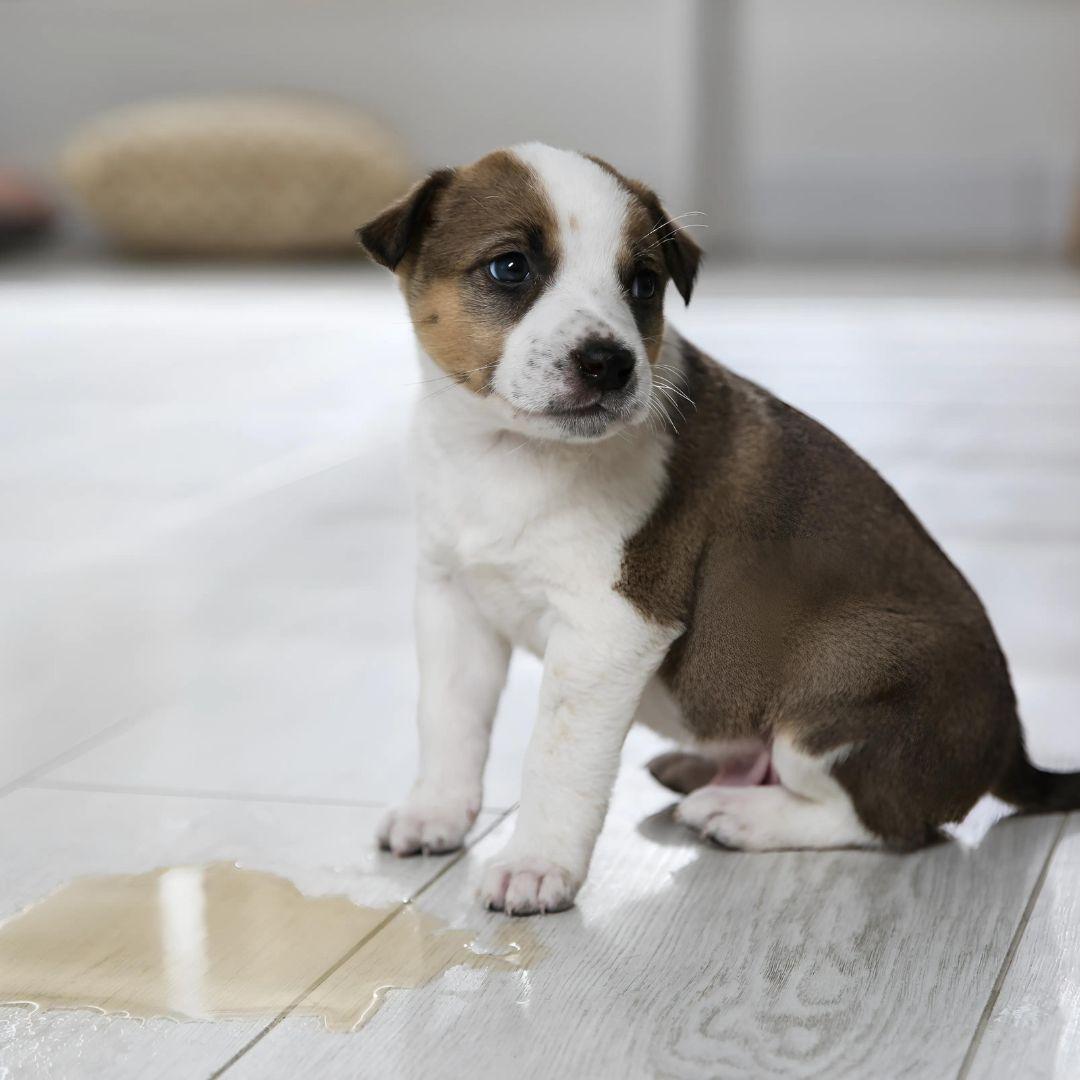
While puppies do pee more often than adult dogs, sometimes there can be an undying medical condition exacerbating the issue:
Diabetes causes a dog’s body to try and get rid of excess sugar through frequent urination, therefore causing your dog to feel more thirsty, increasing urination further, and the cycle continues. Other symptoms of diabetes to look out for include lethargy or weight loss.
UTIs are a painful infection which causes increased, uncomfortable urination, difficulty passing urine despite the frequent urge, and urine that may appear cloudy or bloody.
Congenital issues are issues that are hereditary or that are caused while a puppy is still in the womb. These problems can be caused by a number of things, such as exposure to disease or toxic substances in utero or gene abnormalities, and should be explored further by a veterinary professional if you are concerned.
Caused by an oversaturation of minerals that are present in the bladder, these crystal-like formations can make peeing a super unpleasant experience for dogs, with symptoms including frequent, uncomfortable urination and bloody urine.
As the kidneys begin to struggle with water retention, a dog with this condition will likely start to urinate more frequently and present with increased thirst. Kidney Disease tends to be more prevalent in older dogs, however factors such as medications, outside chemicals or toxicities or other illnesses or infections can cause puppies to develop the condition.
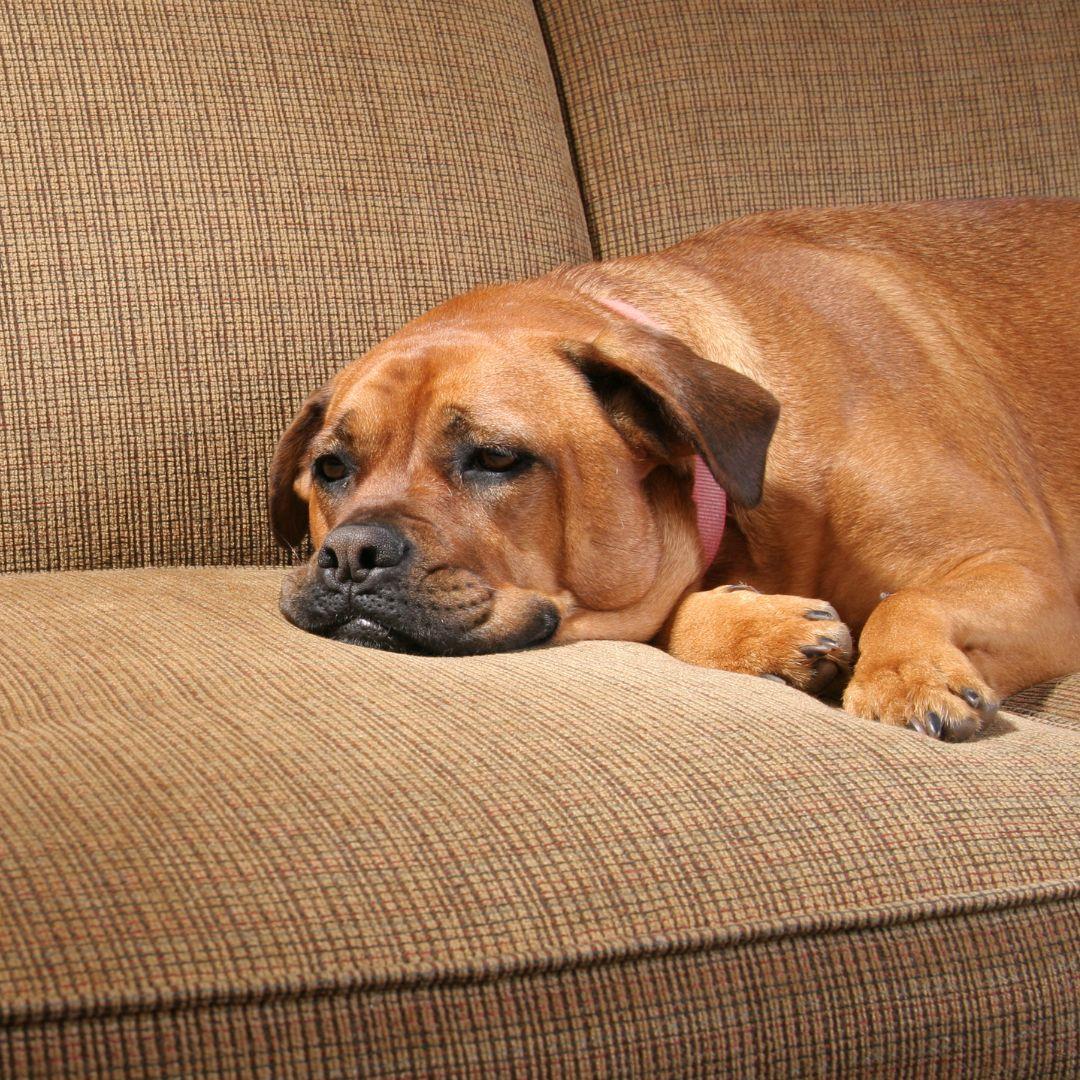
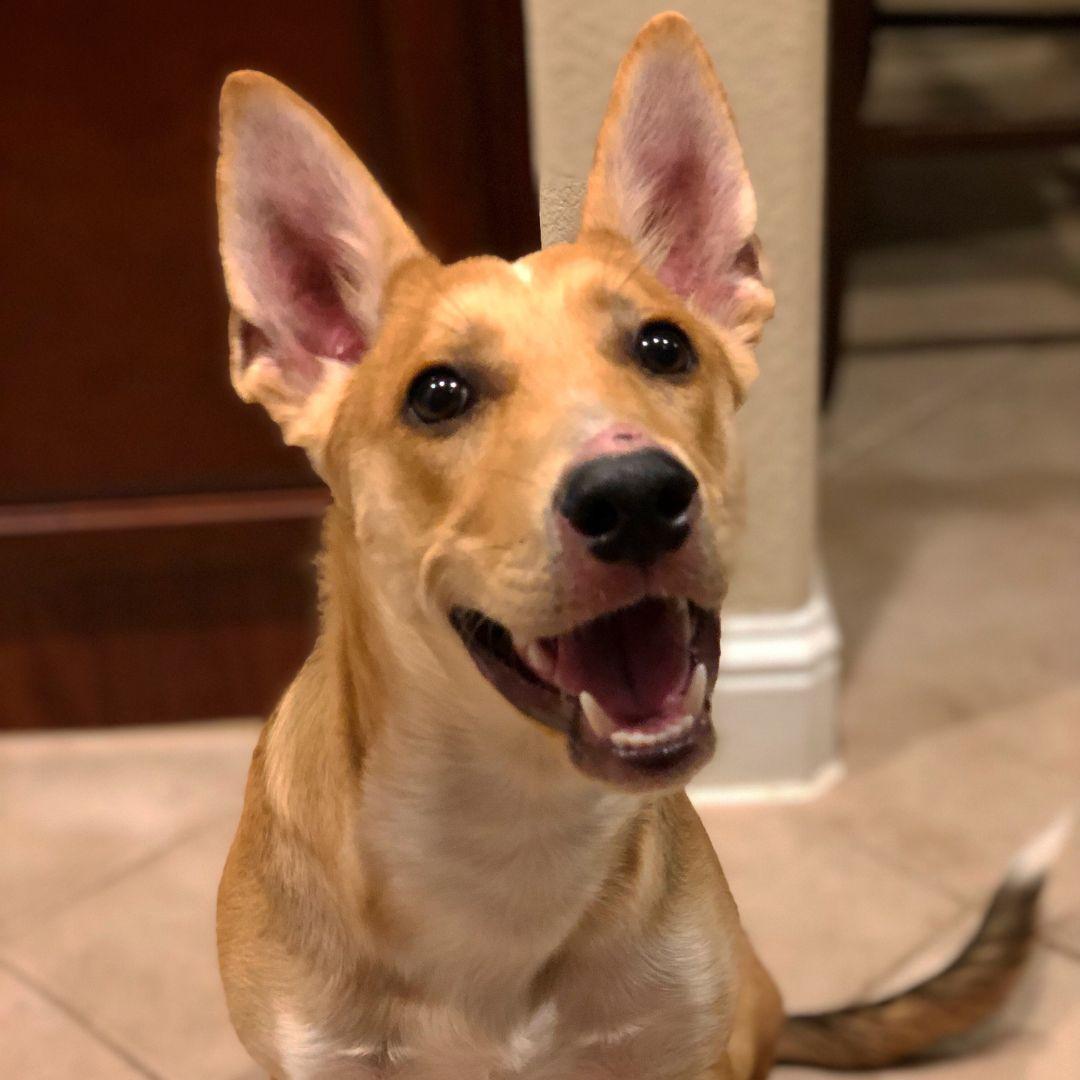
Behavioral issues can also play a significant part in your puppy’s toileting habits - here are some of the main factors to keep an eye on:
Also known as submissive urination, puppies can start to pee more frequently and in unwanted places if they are feeling particularly stressed or nervous. Maintain a safe and comfortable environment and be sure to socialize your pup from a young age to avoid later anxiety.
Similarly to anxious peeing, a puppy’s weak bladder control is sometimes no match for big emotions! When a puppy gets over excited, perhaps when being greeted or during playtime, they may just not be able to hold it in.
A natural behavior that most dogs will present, it could be that your puppy’s frequent urination is down to them marking their scent. Dogs do this as a way to claim their territory, as well as a way to communicate with other dogs and animals.
Concerned that your puppy is peeing too much? Here are some of the things to watch out for that may indicate your puppy’s peeing habits are abnormal:
If your dog looks like they are in pain, either when they pee or in general, this should be a big red flag, alerting you to the fact that something isn’t quite right. Get to the vet straight away for further examination.
Our dogs will often tell us something is wrong through their behavior, perhaps becoming more anxious, aggressive or uninterested in things they used to enjoy when something is internally off.

If your dog is presenting with other symptoms alongside increased urination, whether that be digestive issues, weight fluctuation, lethargy, issues with their skin or coat etc, this can point to an underlying issue that needs further investigation.
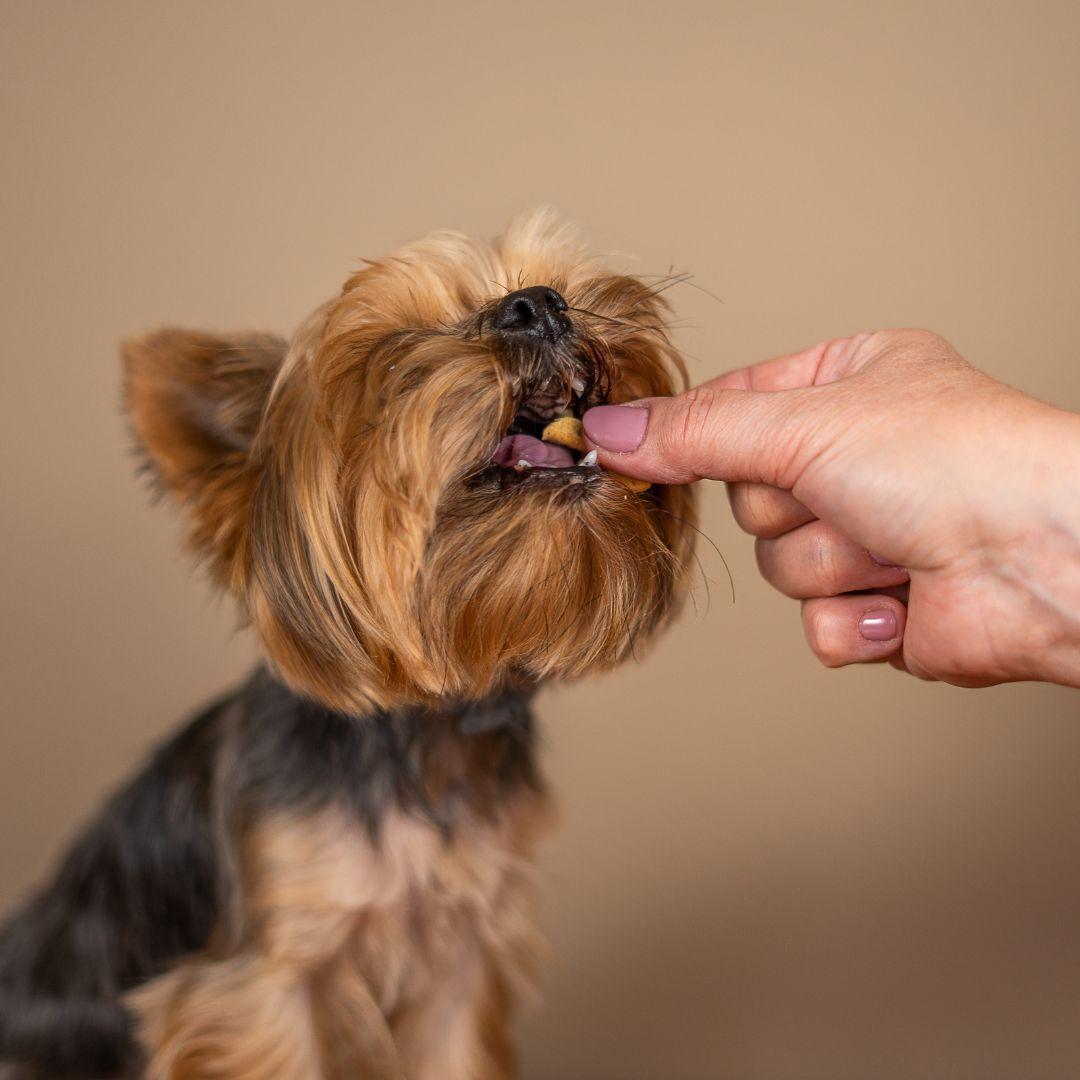
Toilet training takes time and patience, and initially can be a bit trial and error while your pup settles into a routine, so remember:
Accidents will happen - Accidents are inevitable, so the best thing you can do is come prepared. Be sure to thoroughly clean any spills to avoid encouraging further off-piste peeing.
Routine is key- Dogs thrive when in a routine, and so getting your dog into a training rhythm will make life easier for both you and pup. Perhaps consider a specific command to encourage your dog to use the toilet, such as ‘go potty’.
Positive reinforcement is always best - Rewarding your dog with treats and fuss is the best way to solidify good toilet habits. Never punish your dog during training, they are learning something for the first time and are trying their best!
Check Out Our Most Popular Content